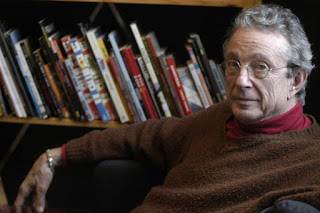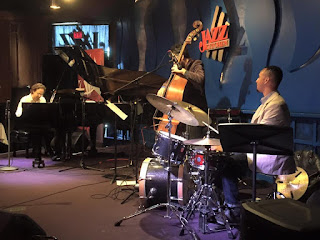Deconfliction and Orwell's ghost: In Syria, U.S. and Russia might find common ground up in the air, and the language will go up to meet them

Listening on NPR to a pair of experts examine the respective stances of the United States and Russia on dealing with Syria, I was puzzled by a couple of words new to me: "deconflict" (verb) and "deconfliction" (noun). From context, I inferred these terms have to do with the problem NPR's reporter had identified minutes earlier: getting the two nations' militaries "to talk to each other so that they can stay out of one another's way." George Orwell, guardian spirit of language This may well be the only area of agreement and cooperation apparent as Syria continues to be violently riven and subject to an endless civil war in which the influence of the Islamic State — anathema to both the U.S. and Russia — continues to grow. My online dictionary finds "deconflict" to be military language for "reduce the risk of collision between aircraft, airborne weaponry, etc. in an area by coordinating their movements." As they attack I













